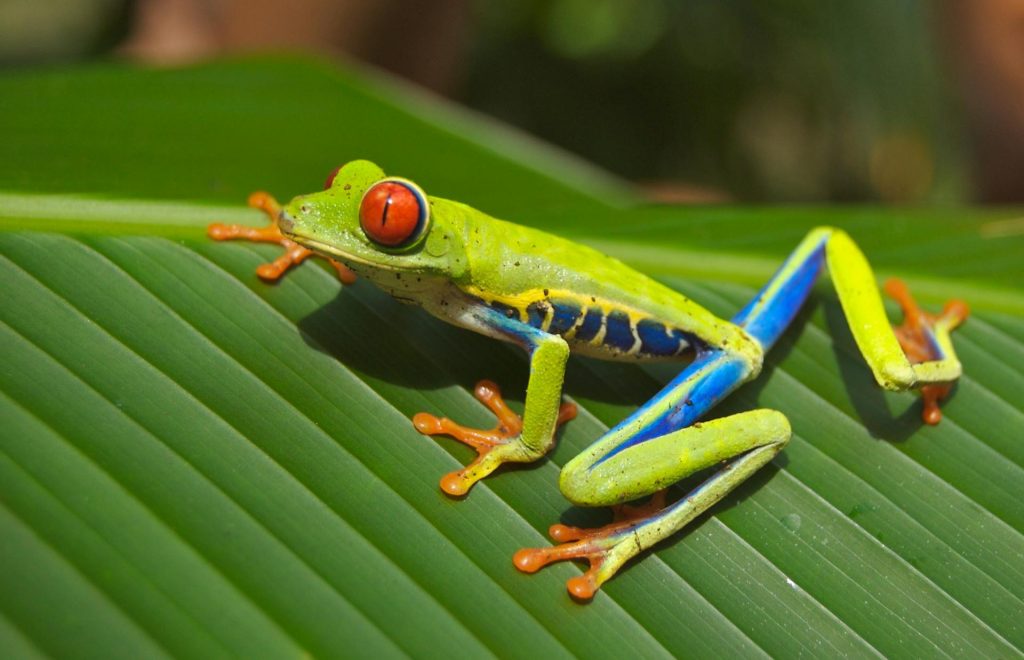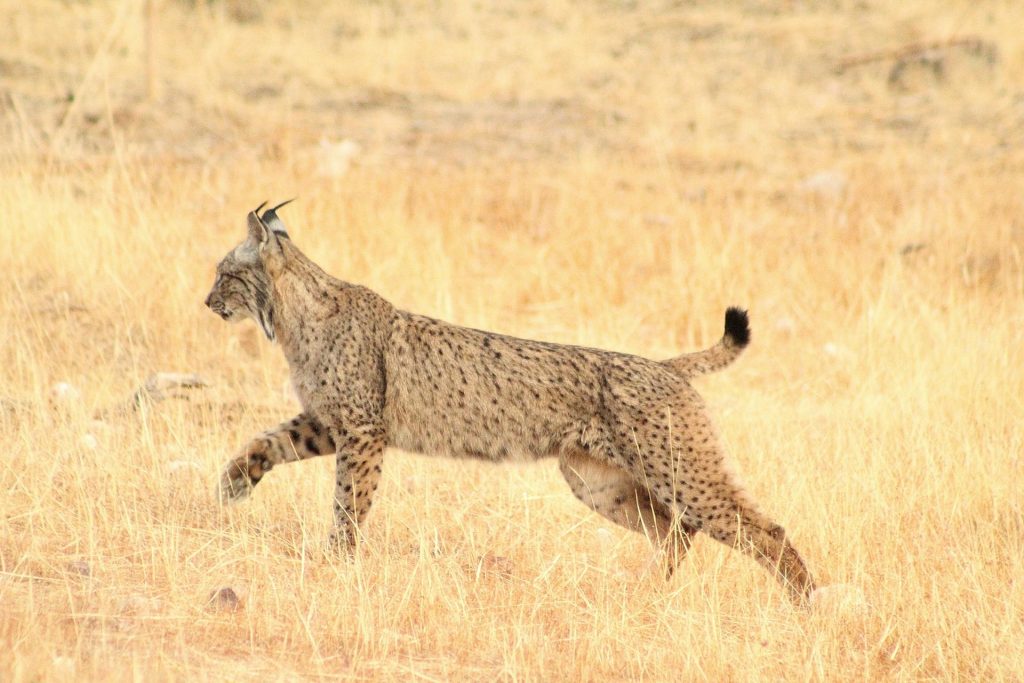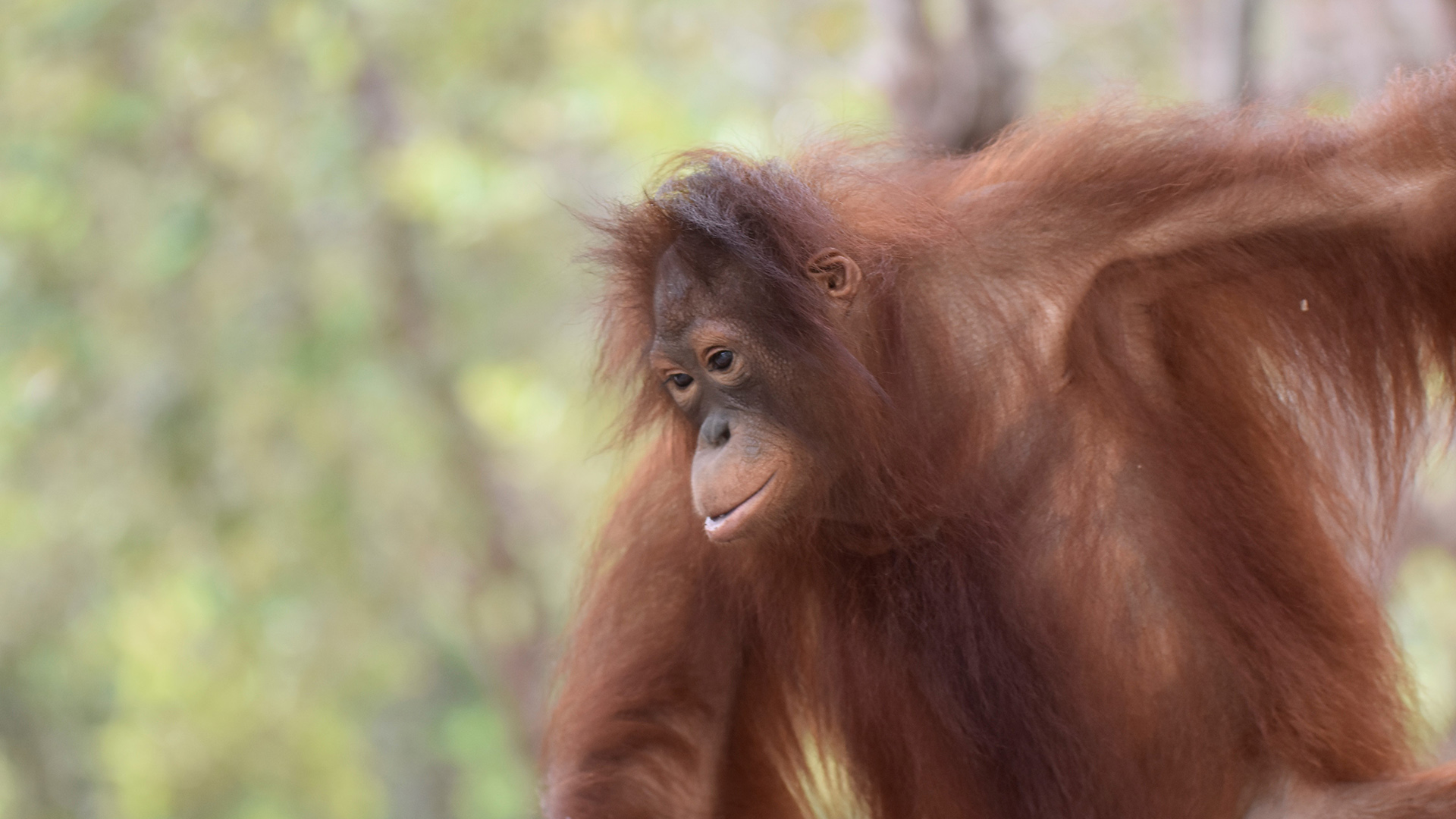Find out everything you need to know about the IUCN Red List, how species are classified by the level of threat they face, and how the Red List helps animals.
WHAT IS THE IUCN?
Established in 1948, the International Union for the Conservation of Nature (IUCN) has become the world’s largest environmental network.
IUCN is a membership union bringing together more than 1,400 government and civil society organisations with a global network of 16,000 experts. Member organisations can be government agencies, subnational governments, national and international non-governmental organisations or indigenous people’s organisations as well as states and political/economic integration organisations (e.g., the European Union).
Under the IUCN’s Code of Conduct, members are expected to contribute to the objectives of the IUCN and can be suspended or expelled “should any Member act persistently in a manner seriously inconsistent with the objectives of IUCN”.
IUCN is the global authority on the status of the natural world and the conservation measures that should be implemented to protect it. The Union’s broad membership creates a space for governments, non-governmental organisations, scientists, businesses, local communities, indigenous peoples’ organisations and other to work advance sustainable development and create a world that values and conserves nature.
WHAT IS THE IUCN RED LISTT?
The IUCN Red List of Threatened Species™ is the most comprehensive source of information on the extinction risk of animals, fungi and plants.
Species are classified into one of the IUCN Red List Categories depending on their risk of extinction. For each species on the list, the IUCN Red List provides information on the distribution of the species, global and local population sizes, habitat and ecology, the global use or trade in that species, the threats it faces and the conservation actions that are being implemented to protect it.
WHAT ARE THE IUCN RED LIST CATEGORIES?
The IUCN Red List Categories indicate how close a species is to becoming extinct. Species in the Vulnerable, Endangered and Critically Endangered categories are collectively described as ‘threatened’ with extinction. The nine Red List Categories are shown below:

The IUCN Red List Categories © International Union on the Conservation of Nature
WHAT CRITERIA IS USED TO DETERMINE THE IUCN RED LIST CATEGORY?
Species are assessed against five criteria:
Example: a species could be assessed as Critically Endangered if the population has reduced by more than 90% in the last ten years or three generations (whichever is longer).
Example: a species could be assessed as Critically Endangered if the extent of occurrence (i.e., the minimum area boundary that contains all occurrences of that species) is less than 100km2.
Example: a species could be assessed as Critically Endangered if the number of mature individuals is less than 250 and if the population has reduced by 25% in the last three years or within the last generation (whichever is longer).
Example: a species could be assessed as Critically Endangered if the number of mature individuals is less than 50.
Example: a species could be assessed as Critically Endangered if the probability of extinction is greater than 50% in the next ten years or three generations (whichever is longer).
How many species have been assessed?
To date*, more than 163,000 species of animals, plants and fungi are included on the IUCN’s Red List. Under the IUCN Red List Strategic Plan 2021-2030, the goal is to assess 260,000 species – meaning there are still approximately 97,000 species remaining to be assessed.
Of the 163,000 that have been assessed, more than 45,300 are threatened with extinction (i.e., are classified as Vulnerable, Endangered or Critically Endangered). That is 28% of all species assessed. Some taxa are disproportionately threatened with extinction – 36% of reef corals, 37% of sharks and rays, and 41% of amphibians are considered at risk of extinction.
*as of July 2024

Red-eyed tree frog
How often are species reassessed?
IUCN aims to re-assess the categorisation of each species every five years if possible, and at least every ten years. Assessment of a species is costly, both in terms of time and money, requiring expertise input and meticulous methodology, hence why re-assessment can take several years to complete.
Who assesses species for the IUCN Red List?
Species are assessed by trained individuals, usually experts of that species, based on the most recent available data. Data and information are sources from scientific publications, books, reports, expert knowledge, indigenous peoples’ knowledge and citizen science datasets. Species assessments are then checked by the IUCN Red List Unit, before being published on the IUCN Red List website.
Who uses the IUCN Red List?
The IUCN Red List is an open-access resource, meaning anyone can use it. A variety of international policy makers, government agencies, wildlife departments, and non-governmental organisations use the information and data provided by the IUCN Red List to plan conservation activities and priorities. It is also a useful resource for developers and businesses to understand their environmental impact and steps to mitigate it, as well as generally as a learning tool for educators, students and scientists.
At Born Free, we use the IUCN Red List to prioritise our conservation efforts to those species that are particularly threatened with extinction. The population figures detailed on our Wildlife pages (https://www.bornfree.org.uk/animals/) are (usually) sourced from the IUCN Red List. Whilst these figures sometimes appear to be ‘old’ (see How often are species reassessed?) the IUCN Red List provides the most robust global population estimates, bringing in data and information from multiple sources, and therefore is the most reliable assessment of global populations.
How does the IUCN Red List help species?

Iberian lynx
The IUCN Red List provides a wealth of information on population estimates, threats, and conservation action, that aids conservation practitioners and policy makers when prioritising, planning and implementing conservation action. The categorisation also helps to put a spotlight on highly threatened species – a species getting downgraded to Critically Endangered often generates media attention – helping to leverage funds, and direct conservation efforts to prevent extinction.
For example, the Iberian Lynx has recently been reassessed as Vulnerable, having previously being categorised as Endangered by the IUCN Red List. This is due to a dramatic increase in its global population, from just 62 mature individuals in 2001, to 648 in 2022. Its status as Endangered helped encourage conservation efforts, particularly around increasing the abundance of its prey, helping to reduce the risk of the Iberian lynx going extinct. Read more about this on the IUCN website.

